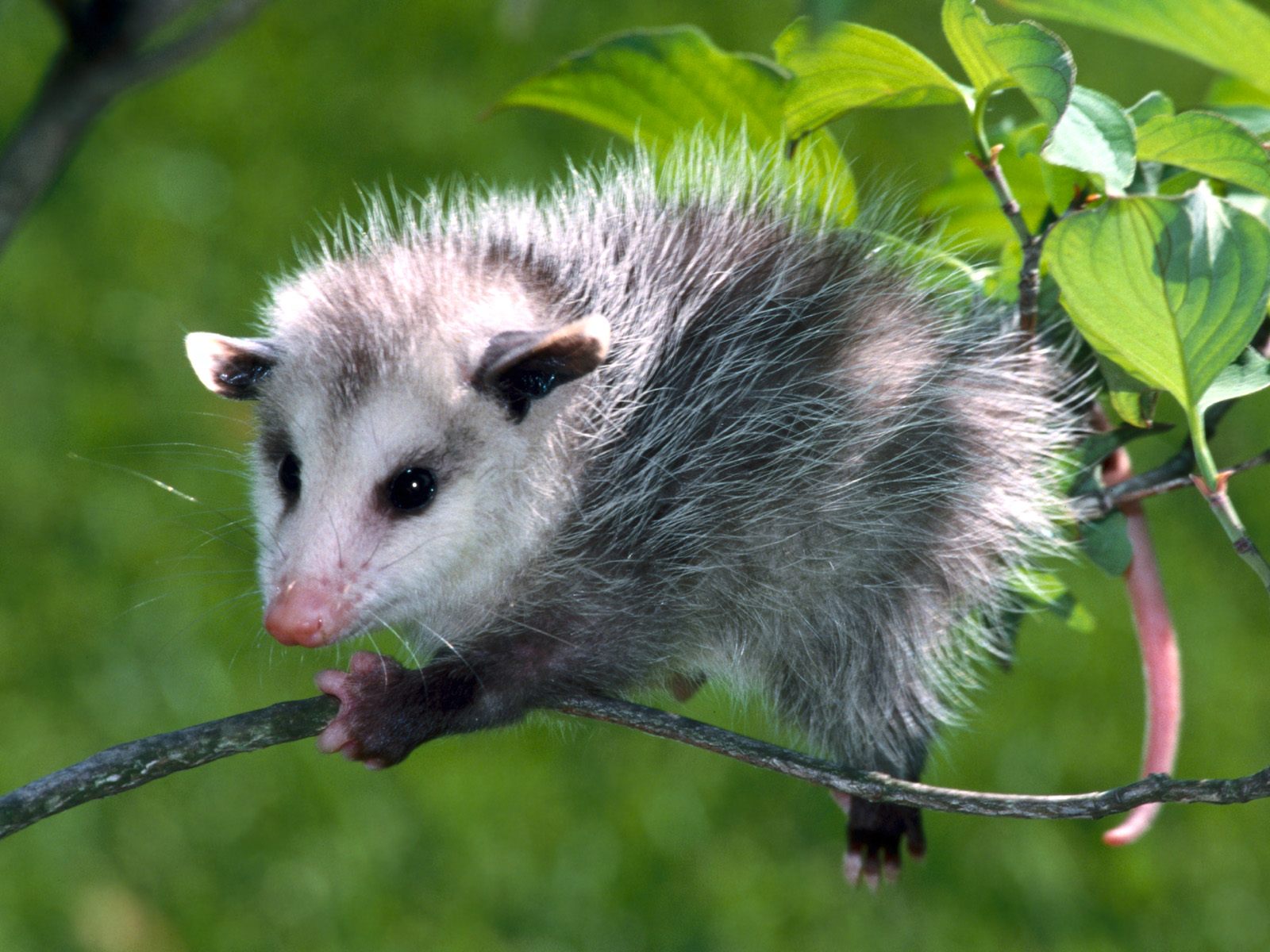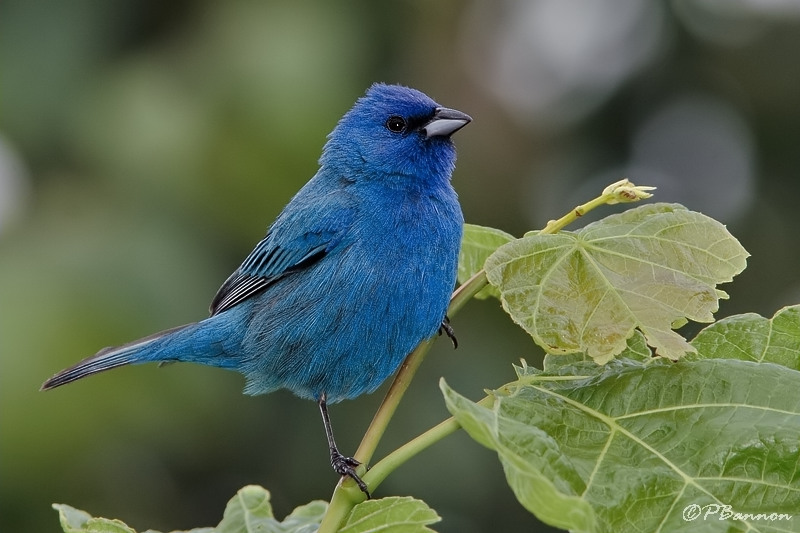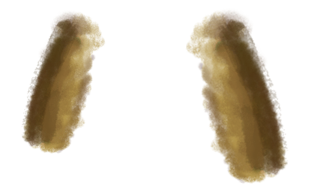Article
5 uncommon animals that can be found in Québec

The North-American Opossum is the only marsupial in Québec (and in Canada for that matter!). The newborn babies are in a near embryonic state and they continue their growth in their mother’s pouch for a few more weeks. The marsupial family includes for example: kangaroos and koalas, which are very popular exotic animals!
The Opossum is omnivorous, meaning it will eat small mammals as well as fruits and insects found on its way. We find it mostly in the south of Québec.
© photo: maxisciences.com

A bat? No, a flying squirrel! In Québec, there are Southern and Northern flying squirrels which, as you can guess, are distinguished by their size. The Southern Flying Squirrel, measuring up to 257 mm in length, is mostly found in the south-west of Québec. The Northern Flying Squirrel, on the other hand, can measure up to 368 mm and is found almost everywhere in the north of the province.
Despite popular beliefs, the flying squirrels cannot “fly” per se: they glide! The Northern Flying Squirrel is able to glide a record distance of 50 meters. If you see some in nature, consider yourself lucky! Nocturnal and very fast, they are especially difficult to see in the wild.
© photo: Claude Lafond

The Star-Nosed Mole is of course part of the lar mole family. Its snout is equipped with 22 tentacles that move all around when exploring a territory. Disgusting? Rather useful, actually! The Star-Nosed Mole is almost blind, so its tentacles come in handy to track down its prey, which consists mostly of insects. Once the insects are located, they will be caught by its mouth (and not by its tentacles!).
The Star-Nosed Mole is not huge, quite the opposite! It weighs at most 77 grams when it reaches adulthood, while babies weigh around 1.5 grams at birth! Now that’s tiny!
© photo: flepi.net

The Spring Salamander is very rare in Québec, especially because it’s quite easily affected by external factors such as pollution. It is the longest of our aquatic salamanders with a body measuring up to 23 centimeters. To compare, get your child’s ruler out of his or her pencil case: it’s almost the full length!
The Spring Salamander always lives near streams or water flows. It is surely not afraid of heights as we only find it at the highest points in Québec, a minimum altitude of 100 meters!
© photo: Les films EP - YouTube

Such a colorful bird in our beautiful province? Absolutely! The male Indigo Bunting displays a splendid blue plumage. Colors which are most bright during the mating season. Despite being a rather common bird, we may notice them less since the female displays brown plumage!
You’ve probably already heard its song. It is one that is quite typical of the little birds in the cardinal family. Click here to listen (© The Music of Nature) and keep your ears open the next time you walk through the forest!
© photo: lemerlebleu.com



